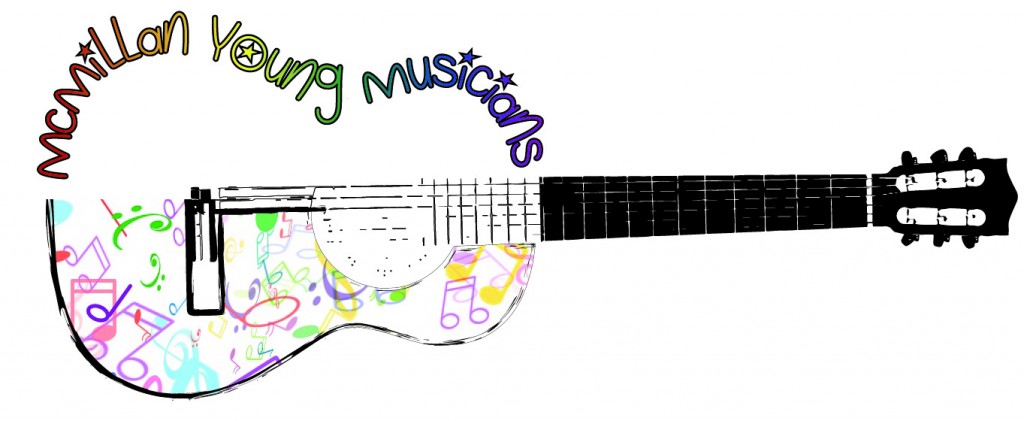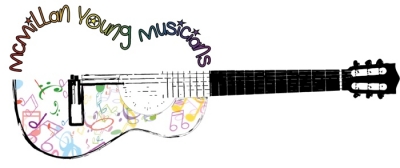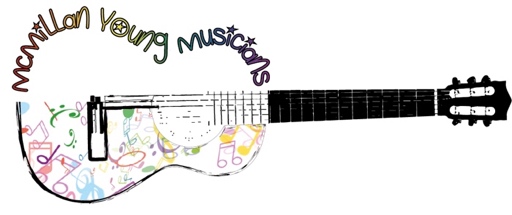Kodály Principles

Zoltán Kodály (1882 – 1967) was a Hungarian composer and educationalist who believed that music was for everyone and that singing should be the foundation of music education. He promoted the belief that learning comes first through playful singing and pleasurable experience, and only later through conscious thought processes.
Consequently, the approach used is one of active learning and is extremely experiential, which supports the current Curriculum for Excellence wholeheartedly. The material used is very simple and easy to sing, often only using between two and five notes. The pitch range is chosen carefully to ensure that even young children have a good chance of being able to sing the songs accurately, as a young child’s pitch range is often higher and more limited than is found in some of our old favourite nursery rhymes!
The rhythms used are repetitive and simple which make it easy for children to differentiate between rhythm and beat, then to replicate the rhythms and later still to understand how to read and write such rhythms. All the songs and rhymes are experienced through games and active play first, and then are used throughout the programme to introduce the theoretical concepts of beat, rhythm, pitch, phrasing, dynamics etc.
 The approach can seem slow to adults who tend to want more exciting tunes and activity, but actually I have discovered that the children favour the simple songs that they can achievably sing, and that these are the ones they most frequently sing at home and join in with at class.
The approach can seem slow to adults who tend to want more exciting tunes and activity, but actually I have discovered that the children favour the simple songs that they can achievably sing, and that these are the ones they most frequently sing at home and join in with at class.
Kodály is also known for his use of Solfège (the ‘do, re, me, fa, so, la, ti, do’ scale) and its accompanying hand signs. This is an extremely powerful method as it allows singers to be directed by the conductor through use of hand signs alone. Students learn to recognise the hand sign associated with each pitch in the solfa scale, and thus (through their “inner hearing”) can be directed to sing a tune through their knowledge of the intervals between these signs (and their respective notes) alone – without any written music!
The Kodály principles give music educators the tools to develop a child’s inner hearing or their inner musicianship. The experiential methods mean that a child has felt every beat and rhythm and heard every note inside his or her head before he/she tries to replicate it. It has proven to develop very strong and talented musicians if followed through to later years, and it is the approach used by the National Youth Choir of Scotland. Personally (as a musician who learnt to read music and play instruments first) I have found it switches on the more creative side of your musicianship and forces you to listen and create the music internally first. It is, therefore, an extremely powerful training method for playing & singing by ear and for composition. As an instrumentalist I would never disregard the importance of being able to create music externally (through the use of scored music and instruments) and I absolutely believe that this method of developing the inner musician compliments the skills required for playing instruments and reading music that a child may choose later in his or her music education.


